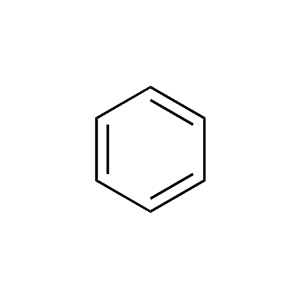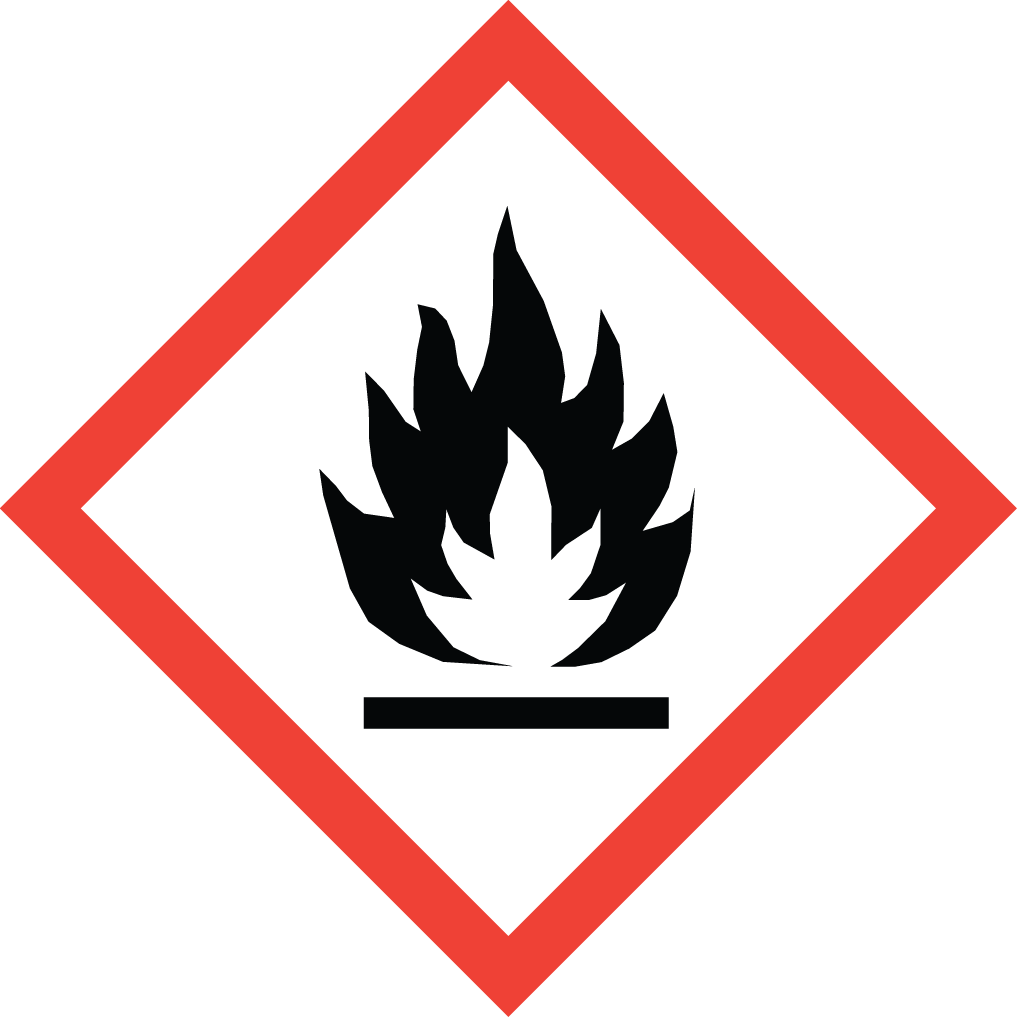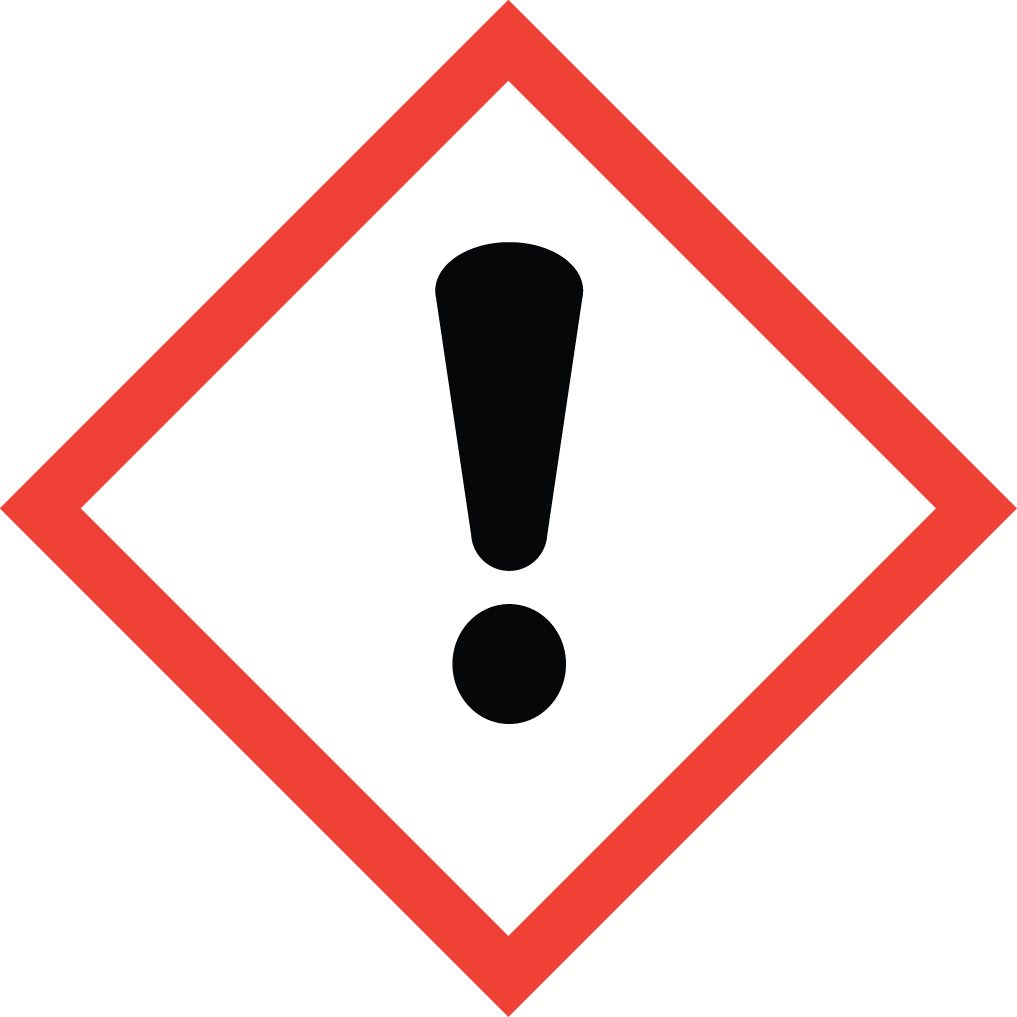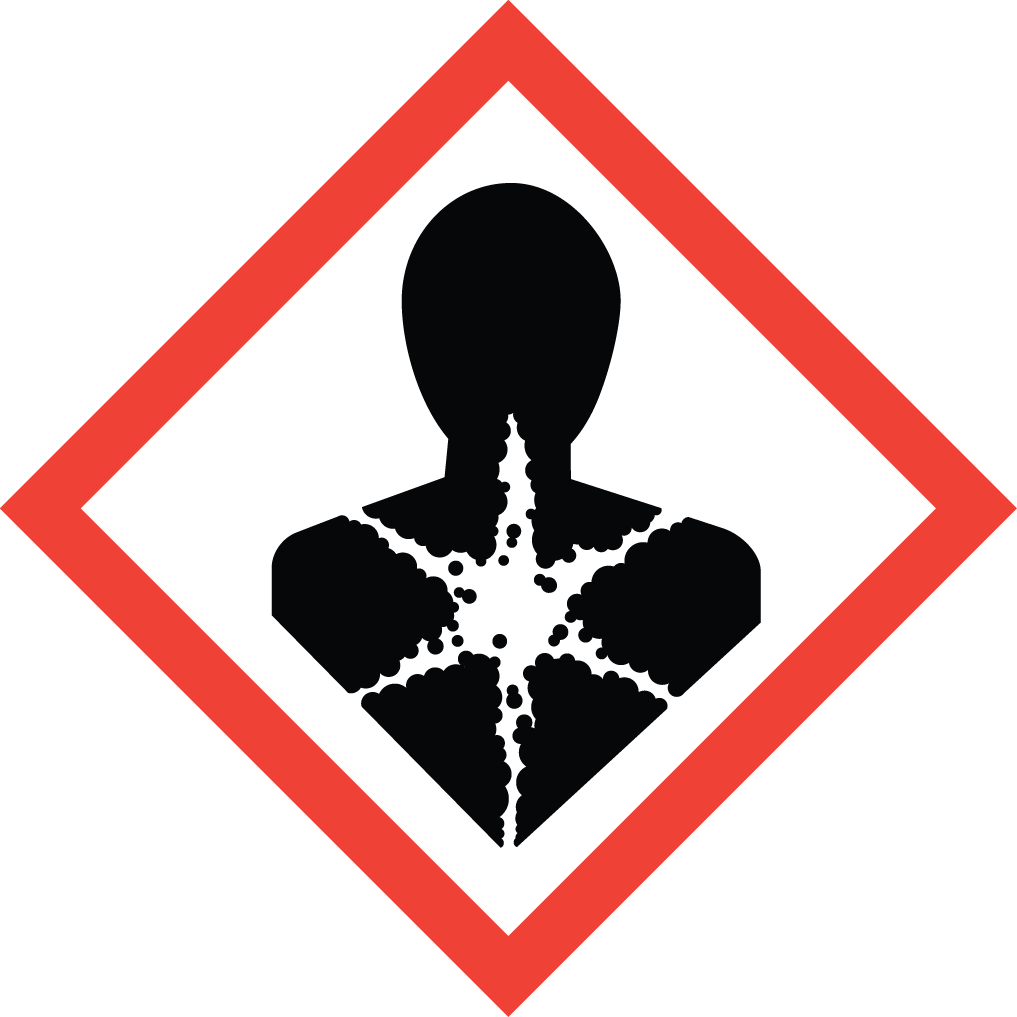Discover Aure Chemical's Premium Benzene Supply
At Aure Chemical, we are a leading supplier of Benzene (Benzol) , a fundamental aromatic hydrocarbon essential for countless industrial processes. Our commitment to rigorous quality control and efficient global logistics ensures you receive a consistent and reliable supply of high-purity Benzene for your manufacturing needs.
Basic Information of Benzene
Benzene (CAS No. 71-43-2) is a colorless, highly flammable liquid with a sweet odor, widely recognized as a critical building block in the petrochemical industry. Its unique chemical structure makes it invaluable for synthesizing a vast array of downstream products.
| CAS No.: | 71-43-2 |
|---|
| EC No.: | 200-753-7 |
|---|
| Linear Formula: | C₆H₆ |
|---|
| Molecular Weight: | 78.11 |
|---|
| Appearance: | Transparent Liquid |
|---|
| Melting Point: | 5.5 °C (lit.) |
|---|
| Density: | 0.874 g/mL at 25 °C (lit.) |
|---|
| RIDADR: | UN 1114 3/PG 2 |
|---|
| Chemical Structure: |  |
|---|
Key Applications of Benzene
Benzene's versatility makes it indispensable across numerous sectors:
Styrene Production: The largest end-use, leading to polystyrene plastics and synthetic rubber.
Cumene Manufacturing: A key precursor for phenol and acetone.
Cyclohexane Production: Used in the synthesis of nylon fibers and resins.
Aniline and Maleic Anhydride: Important intermediates for dyes, pharmaceuticals, and resins.
Industrial Solvent: Utilized in specific applications where its unique solvency properties are required, though its use as a general solvent is limited due to health concerns.
Synthetic Detergents and Pesticides: A building block for various chemical compounds.
Aure Chemical: Your Reliable Benzene Partner
When you choose Aure Chemical for your Benzene supply, you benefit from:
Robust Global Logistics: We ensure timely and secure delivery of Benzene to your facilities worldwide, adhering to all international shipping regulations.
Strict Quality Assurance: Our Benzene undergoes rigorous testing at every stage to guarantee compliance with specified purity and quality standards.
Safety and Compliance: We prioritize the safe handling, storage, and transport of Benzene, providing comprehensive Safety Data Sheets (SDS) and adhering to all dangerous goods regulations.
Dedicated Customer Support: Our experienced team is ready to assist with technical inquiries, order processing, and logistics coordination.
Hazards Classification
GHS Classification: Flammable Liquid (GHS02), Acute Toxicity (GHS07), Health Hazard (GHS08)
Hazard Statements: Highly flammable liquid and vapor; harmful if inhaled; causes serious eye irritation; may cause drowsiness or dizziness; causes damage to blood and bone marrow through prolonged or repeated exposure; may cause cancer.
UN Number: UN 1114
Hazard Class: 3 (Flammable Liquids)
Packing Group: II
 GHS02: Flammable
GHS02: Flammable GHS07: Exclamation Mark
GHS07: Exclamation Mark GHS08: Health Hazard
GHS08: Health Hazard
